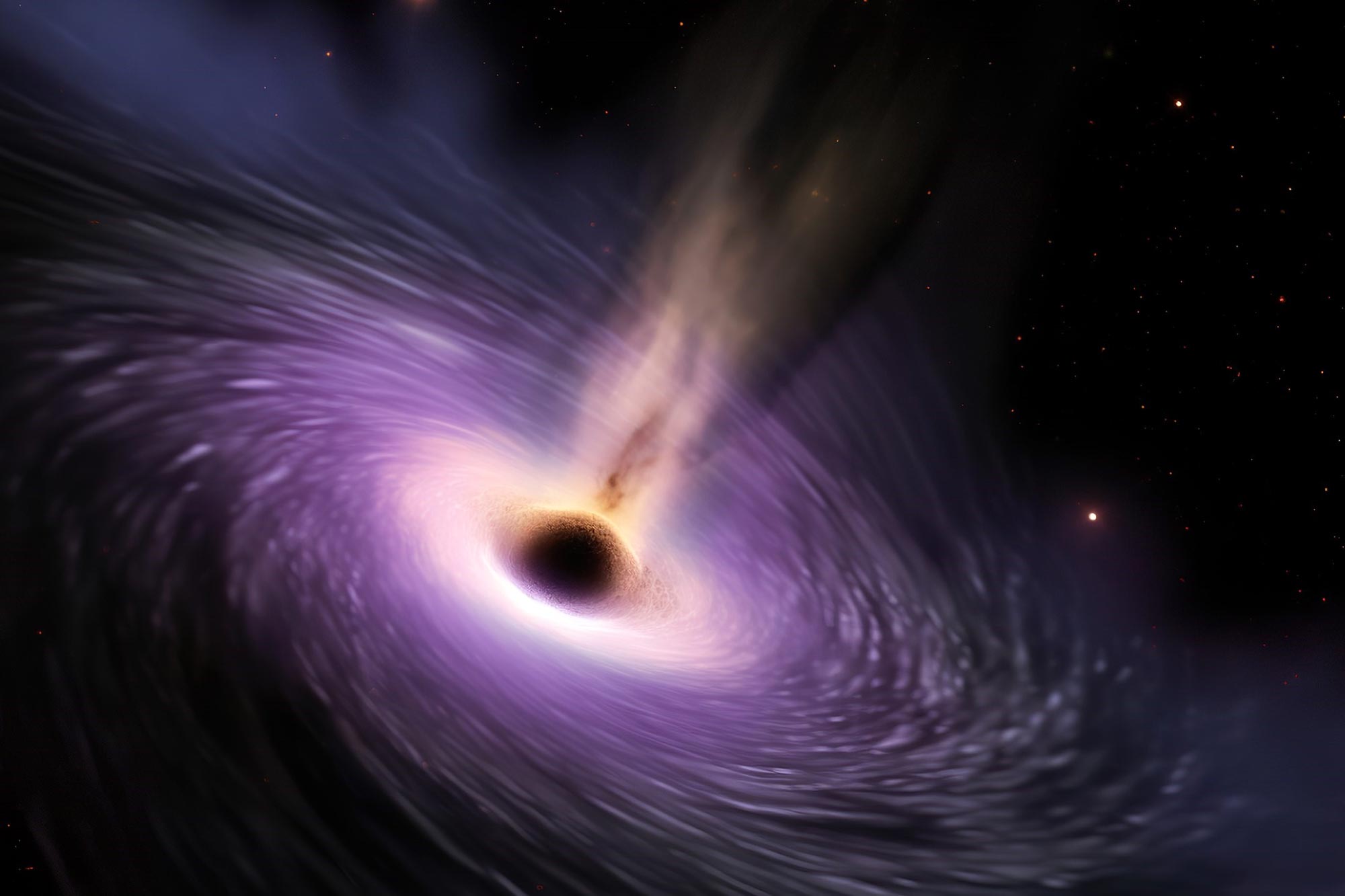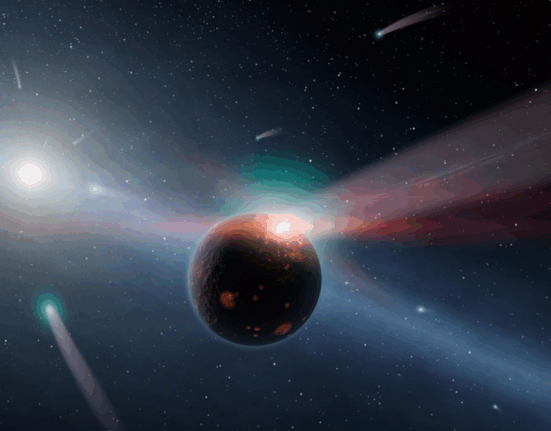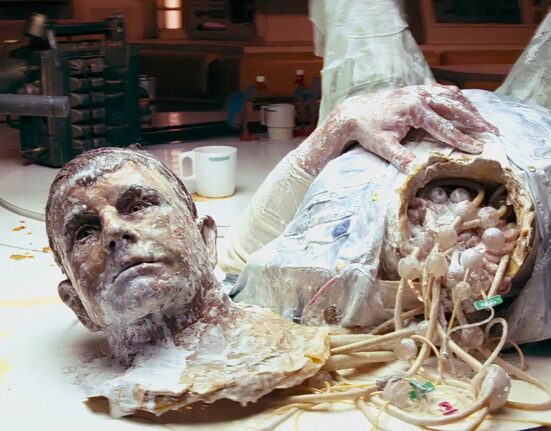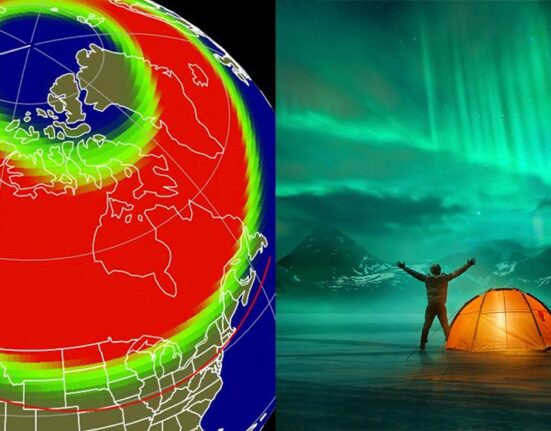Astronomers recently witnessed a rare and violent cosmic event involving a star meeting its demise at the hands of a supermassive black hole. This event, known as a “tidal disruption event
” or TDE, offers scientists valuable insights into how such encounters impact the evolution of galaxies.
The particular TDE under scrutiny, named AT 2022wtn, occurred in a galaxy located approximately 700 million light-years away. This galaxy is currently in the initial stages of merging with another galactic neighbor. The smaller of the colliding galaxies, SDSSJ232323.79+104107.7, hosted this dramatic stellar obliteration while engaged in this celestial tango.
Tidal disruption events like AT 2022wtn involve stars being torn apart by the immense gravity of supermassive black holes millions or even billions of times more massive than our sun. These cosmic clashes result in brilliant bursts of light that can outshine an entire galaxy’s worth of stars combined.
“
This is a peculiar event,
” remarked Francesca Onori from the National Institute for Astrophysics (INAF), who led the research team. “
Its light curve displays unique characteristics that we had never observed with such clarity before.
” The plateau phase in brightness along with distinct spectral features make AT 2022wtn stand out among other TDEs.
Despite common theories suggesting that early-stage galactic mergers create favorable conditions for TDEs, detecting such events within interacting galaxies remains rare. AT 2022wtn marks only the second time astronomers have identified a tidal disruption event amidst colliding galaxies.
To unravel the mysteries surrounding AT 2022wtn, astronomers employed various wavelengths of light from radio to X-rays. Through meticulous observation and analysis, they determined that the supermassive black hole responsible for this cosmic feast boasts a mass equivalent to about one million suns, while its doomed companion was a low-mass star.
The gravitational dance between these celestial objects resulted in what astronomers vividly describe as “
spaghettification.
” As the star ventured too close to the black hole’s intense gravitational pull, it underwent extreme stretching and compression forces until it resembled tangled spaghetti strands swirling towards its inevitable fate.
Furthermore, not all remnants from the shredded star spiraled into the ravenous black hole; substantial amounts were expelled outward as high-speed jets and outflows. These powerful ejections created intense radio emissions and drastic shifts in element velocities around AT 2022wtn’s location.
Francesca Onori highlighted these findings by stating: “
Thanks to our monitoring campaign, we propose an interpretation of how AT2022wtn formed an accretion disk around the black hole and expelled part of the stellar matter.”
This groundbreaking research sheds new light on the dynamics behind tidal disruption events and provides crucial insights into how these cataclysmic phenomena shape galaxies’ evolutionary paths.









Leave feedback about this